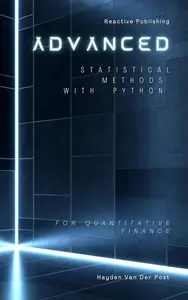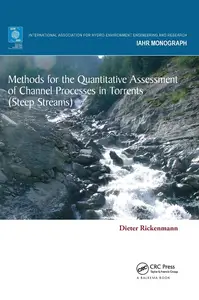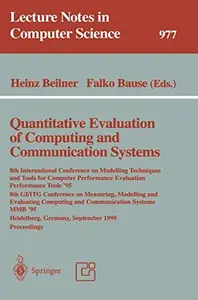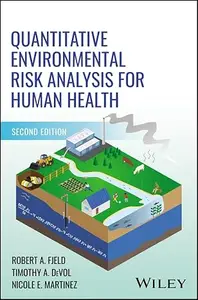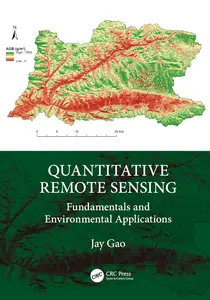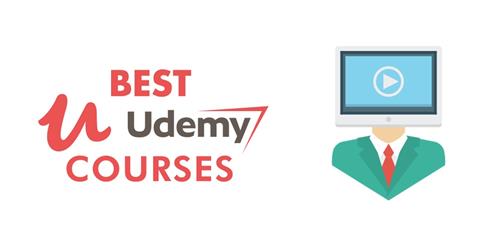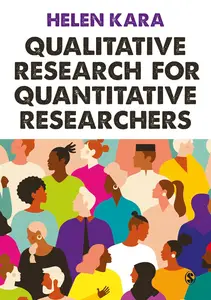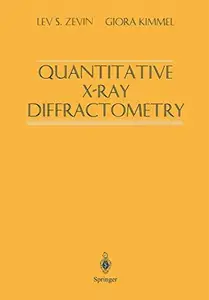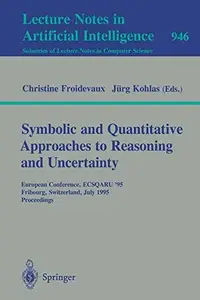 Free Download Symbolic and Quantitative Approaches to Reasoning and Uncertainty: European Conference, ECSQARU ’95 Fribourg, Switzerland, July 3-5, 1995 Proceedings By Natasha Alechina (auth.), Christine Froidevaux, Jürg Kohlas (eds.)
Free Download Symbolic and Quantitative Approaches to Reasoning and Uncertainty: European Conference, ECSQARU ’95 Fribourg, Switzerland, July 3-5, 1995 Proceedings By Natasha Alechina (auth.), Christine Froidevaux, Jürg Kohlas (eds.)
1995 | 438 Pages | ISBN: 3540601120 | PDF | 8 MB
This volume constitutes the 48 full refereed research papers accepted for presentation at the Third European Conference on Symbolic and Quantitative Approaches to Reasoning and Uncertainty, ECSQARU ’95, held in Fribourg, Switzerland in July 1995 under the sponsorship of the DRUMS consortium (ESPRIT II BRA 6156).In recent years, it has become apparent that an important part of the theory of AI is concerned with reasoning on the basis of uncertain, vague, incomplete, or inconsistent information. A variety of nonclassical formalisms, both symbolic and numerical, have been developed and are addressed in this volume; among them are nonmonotonic and modal logics, fuzzy sets, possibility theory, believe functions, evidence theory, dynamic models, and Bayesian networks.
(more…)
